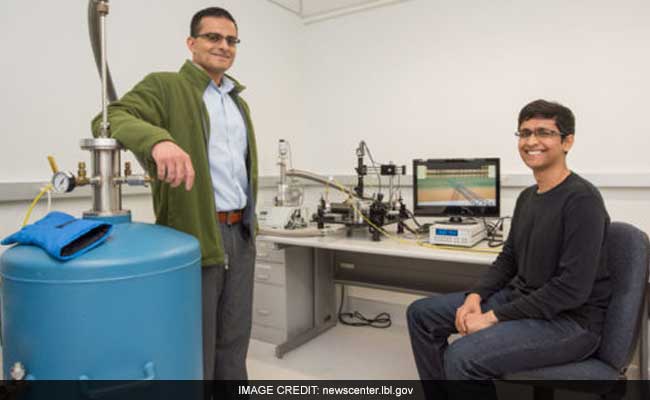
Shockley certainly had the right idea, but he was a deeply unpleasant personality. That quest led him to Robert Noyce, a physicist from MIT, and Gordon Moore, a chemist from Caltech. He started his own company, 'Shockley Semiconductors' to start mass manufacturing the devices, and sought out America's finest minds to help him. Shockley realized the transistor would soon take over the world of electronics, replacing everything that was touched by vacuum tubes. It seems to me that in these robotic brains, the transistor is the ideal nerve cell." Two years later in an interview, Shockley said, "There has been a great deal of thought spent on electronic brains, or computing machines. That meant smaller circuits which could be turned on and off faster and use less energy to do it. Transistors allowed electricity to flow selectively through solid material, rather than having to detour through fragile and hot glass bulbs. Together, Bardeen and Brattain built the first working prototype of a solid state electrical switch, the transistor. The breakthrough came in 1947 from John Bardeen and Walter Brattain, a duo working under the guidance of William Shockley at Bell Labs.
#Smallest transistor made how to#
The trick was to figure out how to make the semiconductors allow current to flow through them when prompted. Somewhere in-between a conductor, like a metal, and an insulator, like glass, semiconductor materials selectively allowed electrical current to flow through them. The glowing also attracted moths, which would short-circuit the machine, requiring engineers to literally de-bug it.Īn improvement on glowing-hot vacuum tubes soon arrived from Bell Labs, where researchers were experimenting with a new class of materials they called semiconductors. The vacuum tubes would glow with heat, which required fans to cool them down. There was a rumor going around that whenever the ENIAC was switched on, the lights in Philadelphia dimmed. But, it was composed of 18,000 vacuum tubes, miles of copper wire, and required 150,000 watts of power to operate. The University of Pennsylvania's ENIAC, built in 1946, was one of the first attempts at a large-scale electrical computer that could perform these calculations. If you put enough logic functions together, you could make a primitive calculator - one that could do basic addition, subtraction, division, and multiplication. These circuits, made by soldering together vacuum tubes, copper wires, and other rudimentary electrical components, could be assembled to perform basic logic functions. By regulating whether or not a voltage is applied to the anode, you can control whether electrons will be permitted to pass across the vacuum from the cathode end to the anode end, powering a circuit. A cathode at one end, which heats up and produces a stream of electrons, and an anode at the other end. In 1911, Palo Alto native Lee DeForest figured out one of the first ways of doing it when he discovered the vacuum tube.Ī vacuum tube is a glass vial with two components. In the early twentieth century, one of the biggest puzzles in electrical engineering was finding a mechanism that could switch electrical signals on and off - using electrical signals themselves. So, to manipulate information, we first needed to figure out how to manipulate the flow of electricity. It represents the physical form of information. The following piece traces the evolution of chip economics and design to better understand how we got here, and explore what the future might look like as a new chapter opens up in the world of hardware.Įlectricity plays a crucial role in computers. Some are rethinking the designs of chips in their devices while others are beefing up the number of silicon experts they have in-house.

Though as going ever smaller presents tremendous financial, let alone physical challenges, many are bracing themselves for a world where achieving our digital dreams is only going to get more expensive from here.Ĭurrently, every major company that relies on computing is exploring ways to approach this new normal. The smallest transistors on the market are now hitting the 3 nanometer mark, a length equivalent to 15 Silicon atoms. Today’s chips come packed with billions of transistors, capable of executing billions of instructions per second. “Moore’s Law is dead,” pronounced Nvidia’s CEO, Jensen Huang in September, before adding “the idea that the chip is going to go down in price is a story of the past.” This phenomenon is responsible for creating the most valuable companies on Earth while completely redefining humanity's relationship with technology, which is why it’s particularly startling that all that is now in the past. For decades, the world has been transformed by the reality of Moore’s law, the expectation that the chips powering our computers would double in computational power every two years, while falling in energy usage and price. So much for progress in the world of bits. Turns out - computers aren’t getting faster anymore.


 0 kommentar(er)
0 kommentar(er)
